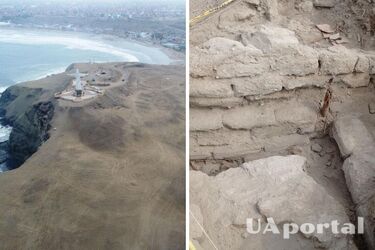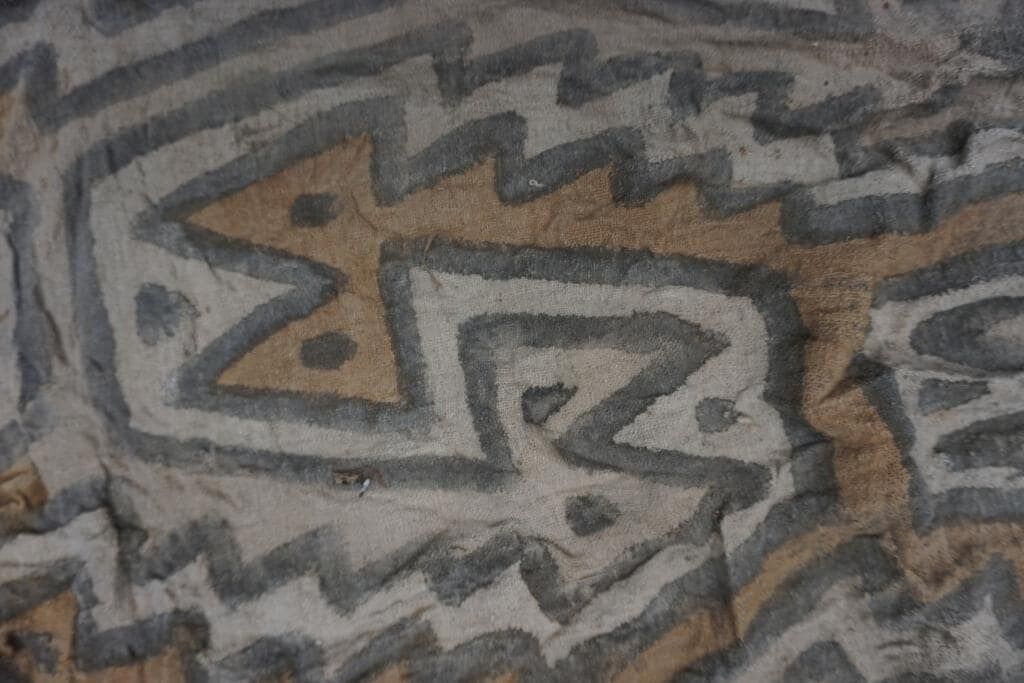Boy's skull was deliberately deformed: archaeologists find unique tombs in Peru

Researchers in Peru have found four mysterious mounds located on the Cerro Colorado hill near the city of Barranca. These mounds turned out to be tombs and the remains of a temple building.
According to the NaukawPolsce publication, the research of the territory on the Cerro Colorado hill began in 2022, and the results were announced in February this year.
Read also: Scientists bring back to life 48,500-year-old "zombie virus" from permafrost
The research on two mounds revealed human burials and monumental architecture made of dried bricks and stone blocks. Destroyed burials were found among the ruins of the temple complex.
The remains of a boy were found in one of the ruined graves. He was buried in a three-metre-long cloth with unique zoomorphic images.

Bioarchaeologist Lukasz Majczak from Krakow, Poland, said: "One of the fabrics, 3 metres long, was decorated with zoomorphic images and is unique - no such fabrics have been found in the entire Andes so far."
According to him, the presence of decorated textiles in the grave of the deceased testified to his high position in the community. These artefacts were found in the grave of a boy aged about 6 years. His skull was deliberately deformed.

He added that in the past, Andean people used to erect necropolises in abandoned places of worship. "This was also the case here, because the graves were dug in structures that were several thousand years older," he said.
The research team also presented the results of a physicochemical analysis using the radioactive carbon method, which allows the age of organic matter to be determined. They show that the complex was built around 2500-2200 BC, and the burials studied were placed between 772 and 989 AD.
Read also: The ancient Roman dildo found may not actually be a sex toy: researchers' theory
Bioarchaeologist Majczak noted that the Andean people used to build necropolises in abandoned places of worship. This was the case here, because the graves were dug into structures that were several thousand years old.
Samples with the oldest dates were taken from grass that was mixed with the mortar used to bind the stone blocks that formed the pyramid-shaped building. It is located a few dozen metres from the highest mound.
Researchers have found that the graves excavated in Peru dating back to the eighth and tenth centuries date back to the time when the site was part of the Wari Empire. One of the most important sites of this culture, Castillo de Huarmay, is located just 70km north of Barranca.
Antonio de la Calancha (1584-1654), a colonial clergyman and researcher of South American cultures, once vividly described the neighbourhood of Barranca. He said that the area was full of sorcerers and witches.
"He even went so far to say that Barranca had a 'university of witchcraft'. In his writings, Kalanchy also mentioned a temple where these sorcerers would gather to meet with a 'demon' who would then scold them for praying in Spanish and dealing with Spaniards in general," Majczak said. He says that Europeans of the time called the pre-Columbian gods demons.
The researcher said that two of the four mounds on the hill have not yet been explored. Scientists hope that they will be able to identify them in the coming years.
Earlier, we reported how scientists in Tanzania accidentally stumbled upon mute frogs that no one had ever seen before.
If you want to get the latest news about the war and events in Ukraine, subscribe to our Telegram channel!
